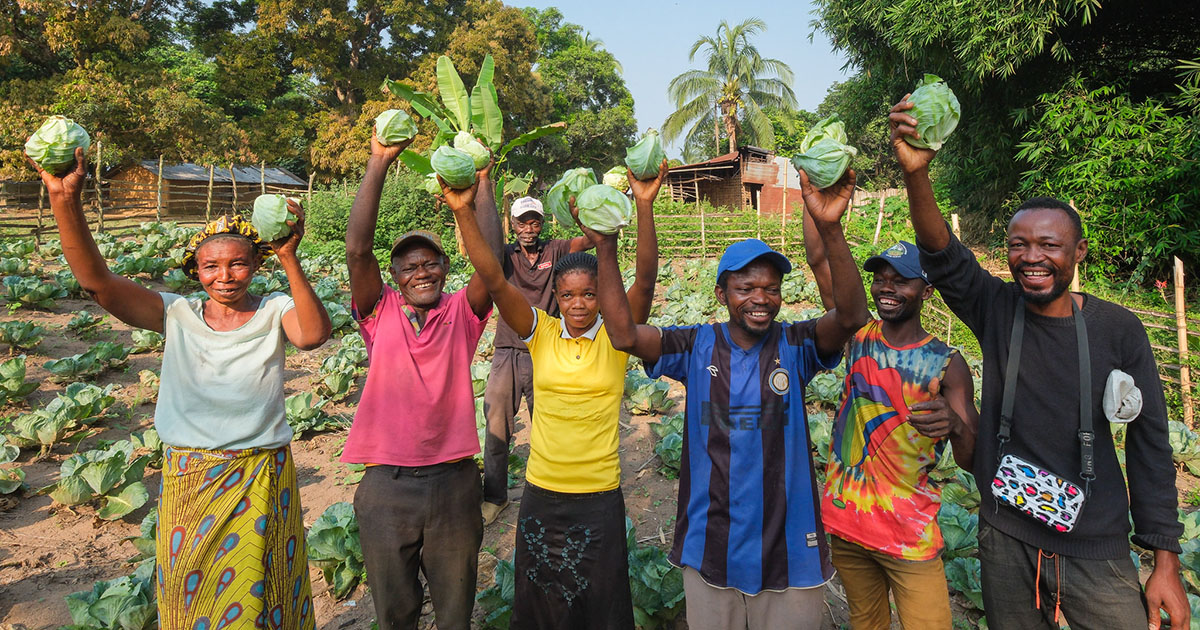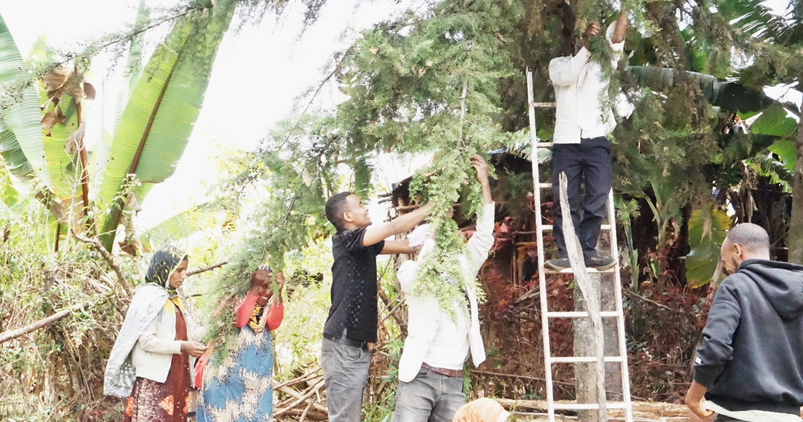Research Highlights: Despite a long tradition of using poplars as wood source across Central Asia, recent international breeding developments have not penetrated that region yet. This study therefore explored growth performance of 30 local and international poplar cultivars. Background and Objectives: The Central Asian countries are forest poor countries, which need to cover the domestic wood demand through costly imports. Therefore, fast growing trees, such as poplars, are gaining increasing attention as option to grow wood domestically. The most common cultivars date back to Soviet Union times. As recent breeding developments have not reached the region, this study aims at investigate the growth performance of a number of newly developed poplar cultivars. Materials and Methods: The investigated cultivars were planted as cuttings across nine sites in Kyrgyzstan, Kazakhstan, and Tajikistan between 2018 and 2020. Results: Under warm climate conditions, i.e., low elevations, P. deltoides x nigra hybrids attained highest stem volumes and biomass yields, up to 16.9 t/ha*a after two years, followed by P. nigra xmaximoviczii hybrids. One of the P. deltoides xnigra hybrids reached a tree height of 10.5 m after three years. On higher elevations, e.g., in the Pamirs and in Naryn, P. maximoviczi x trichocarpa hybrids and P. trichocarpa cultivars grew faster than the former hybrids. Conclusions: The cultivars explored in this study should be included into plantations or agroforestry systems that are being established, provided that land users are able to thoroughly control weeds and ensure nutrient and water supply. If sufficient weed control, nutrient supply, or water supply cannot be ensured, then land users should opt for local cultivars (e.g., Mirza Terek) or the P. nigra xmaximoviczii hybrids or P. trichocarpa, in order to avoid failure.
DOI:
https://doi.org/10.3390/f12030373
Dimensions Citation Count:























